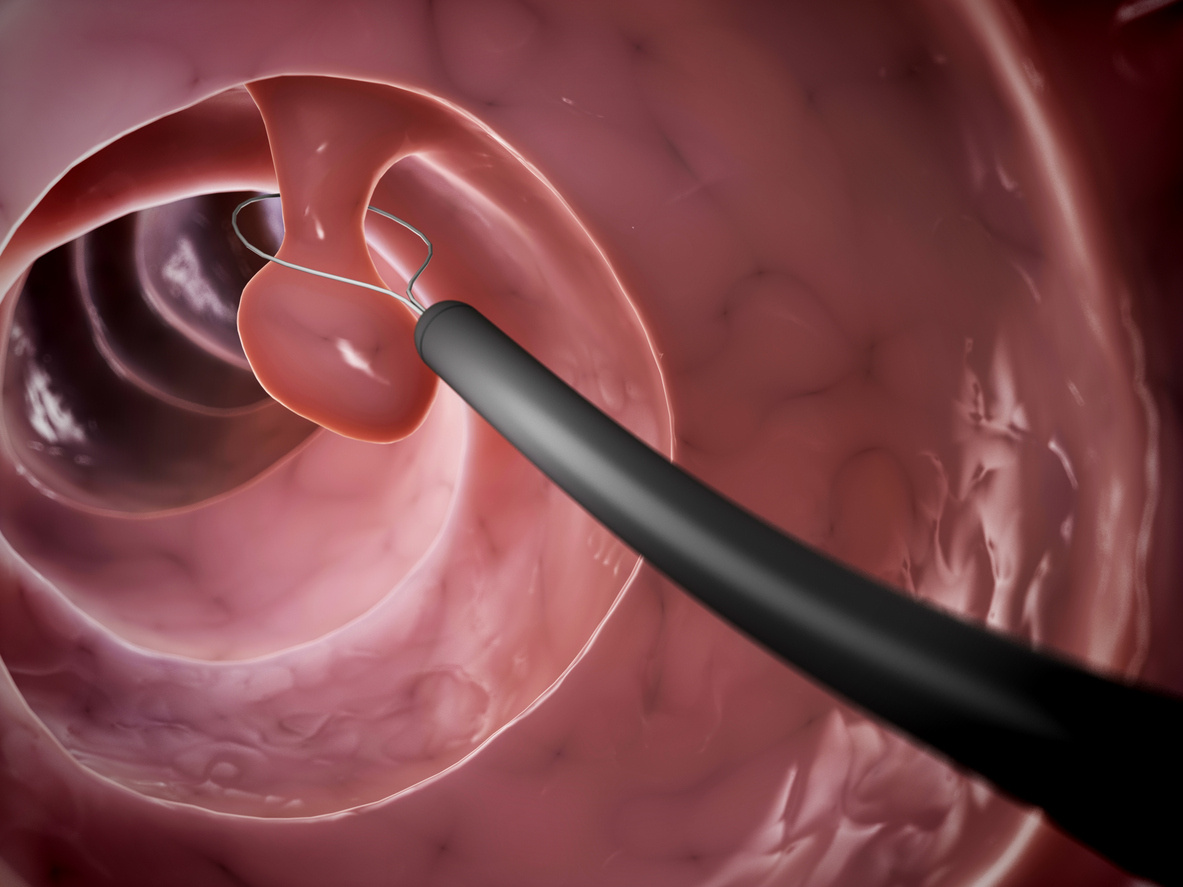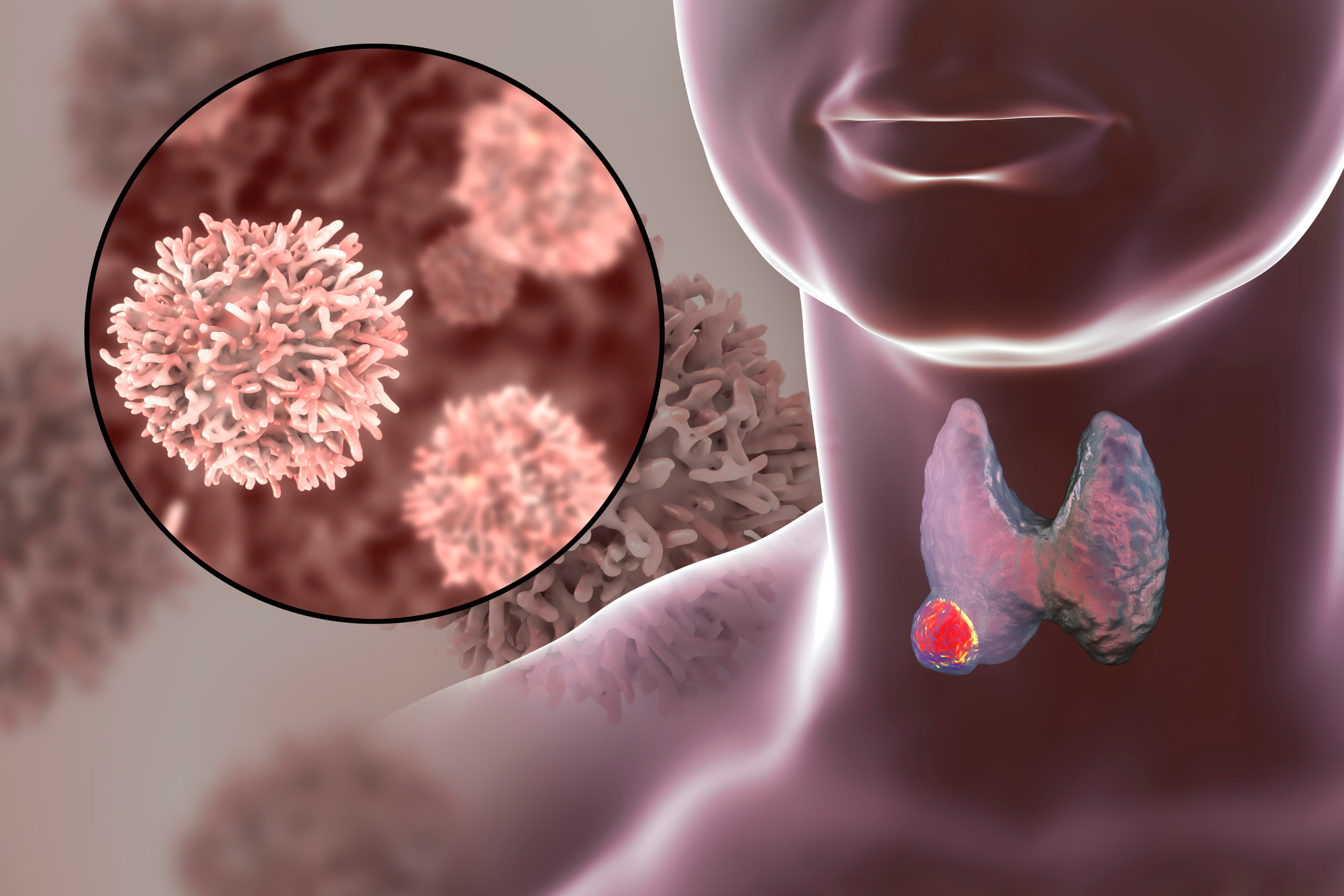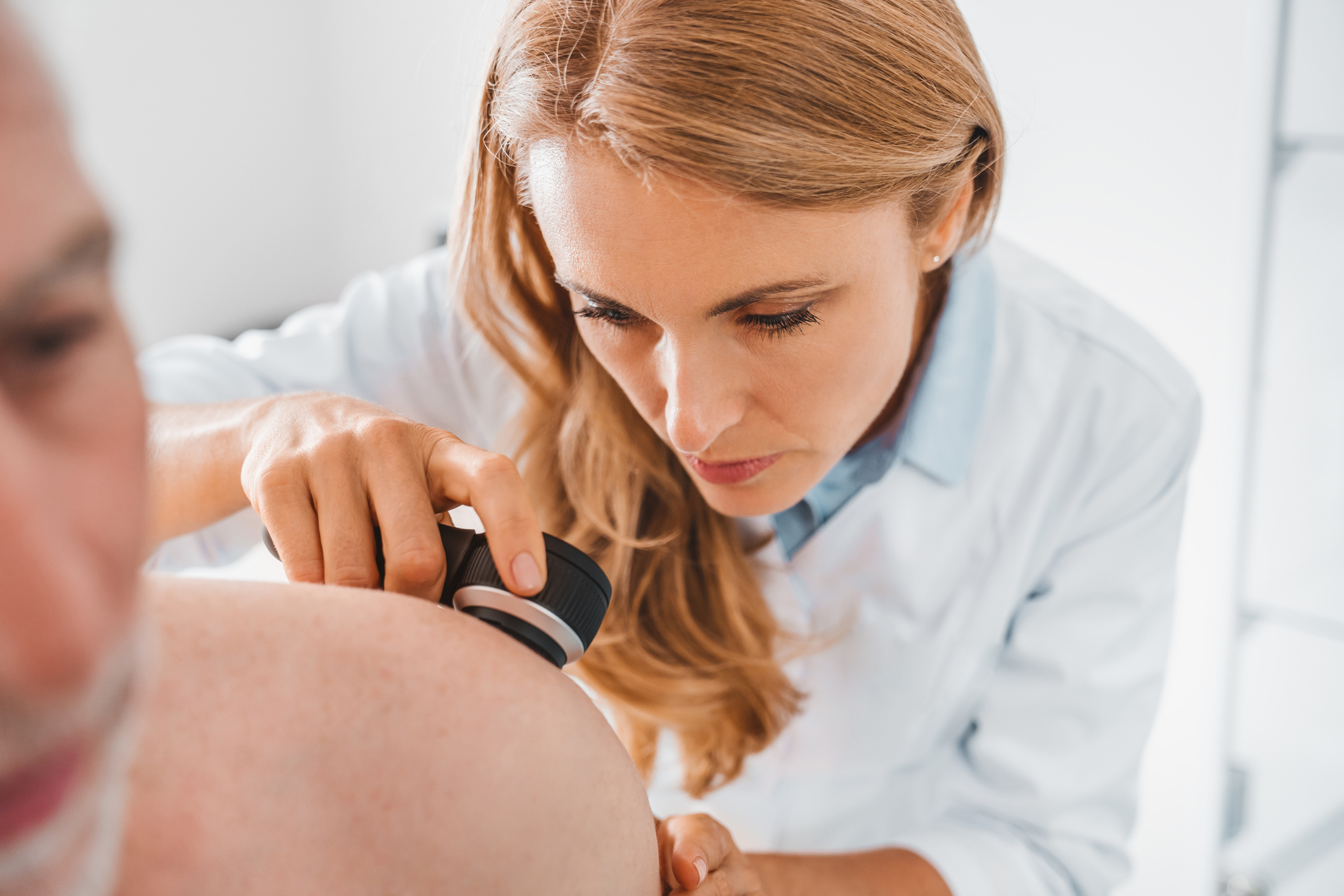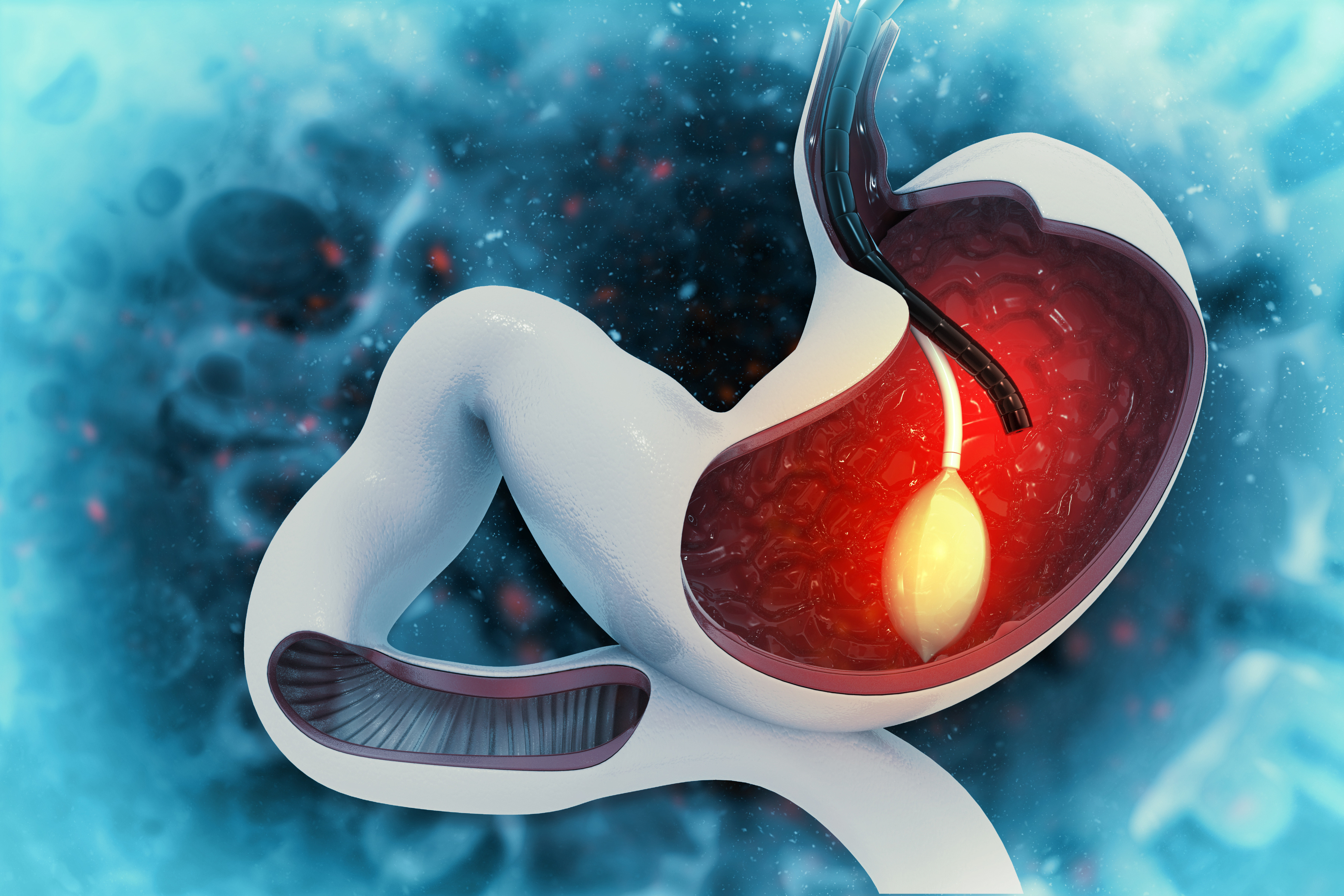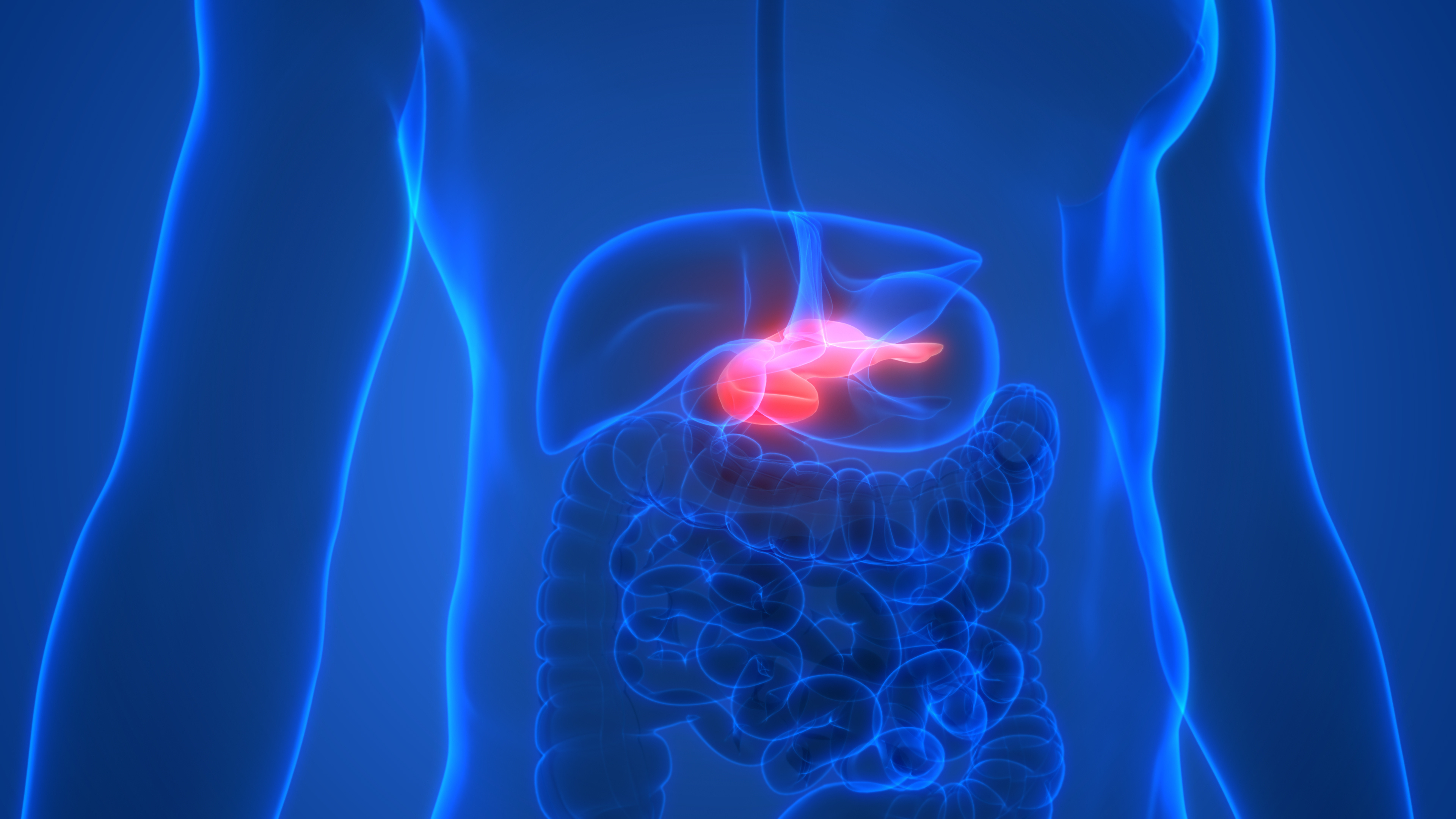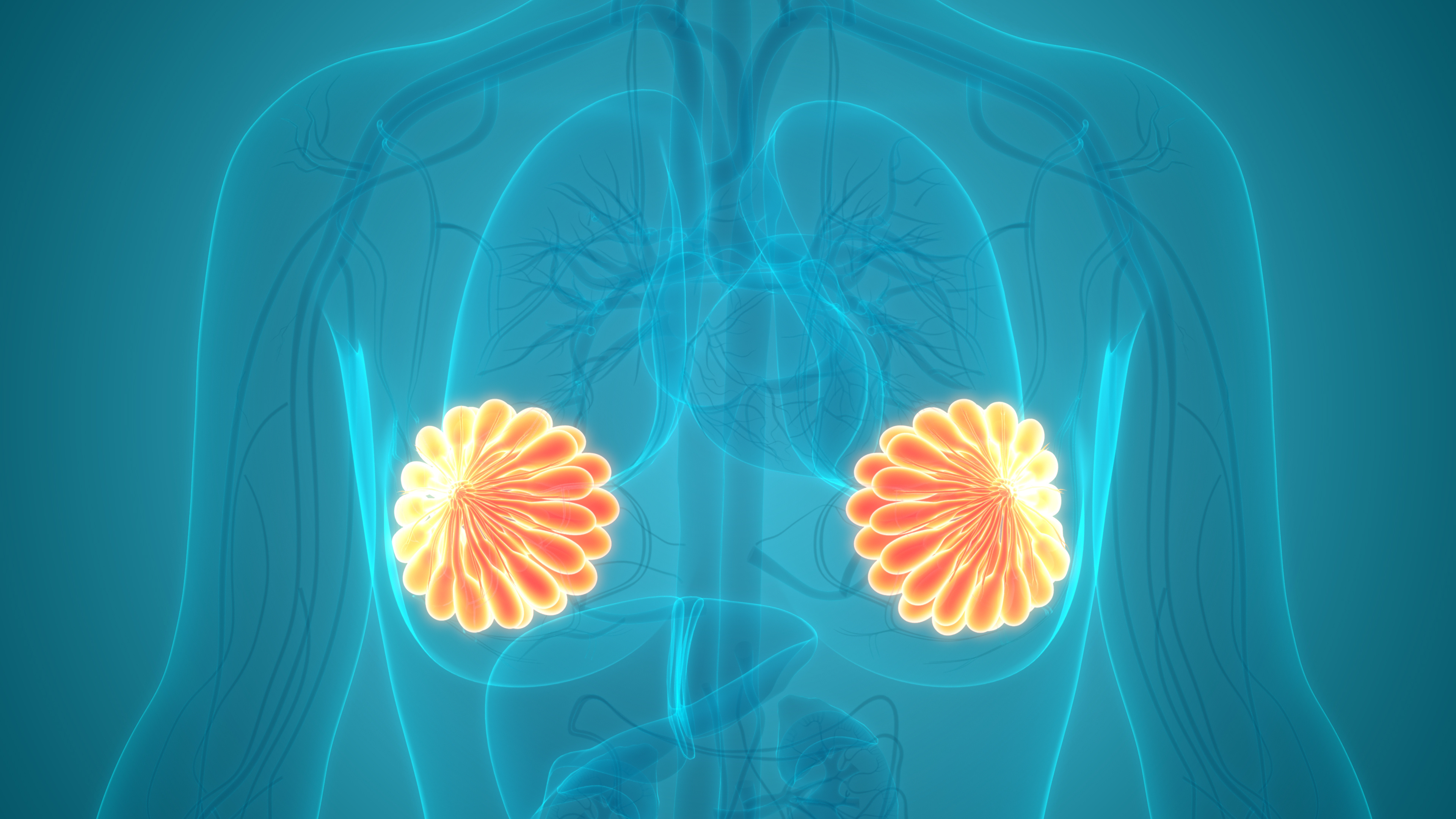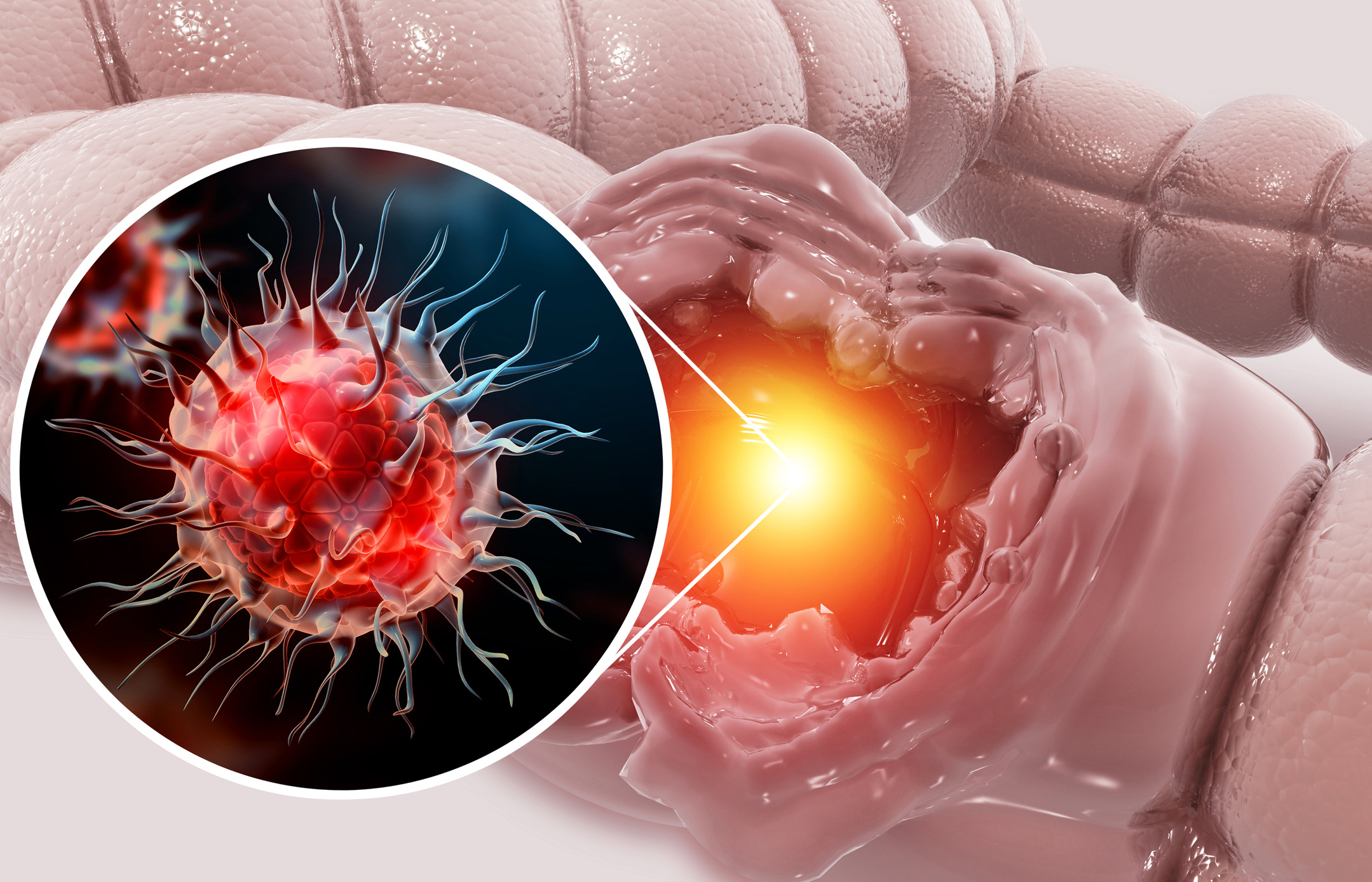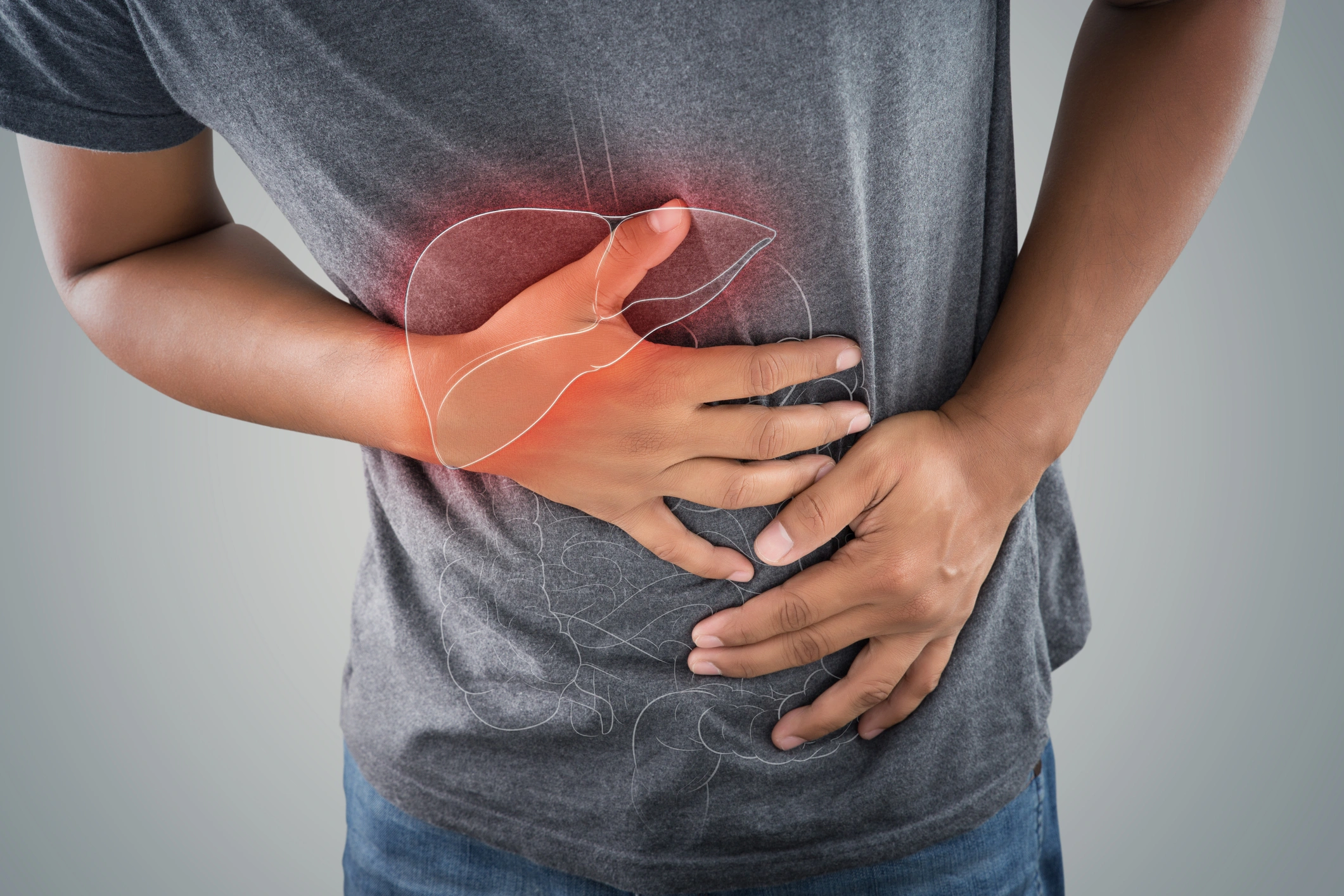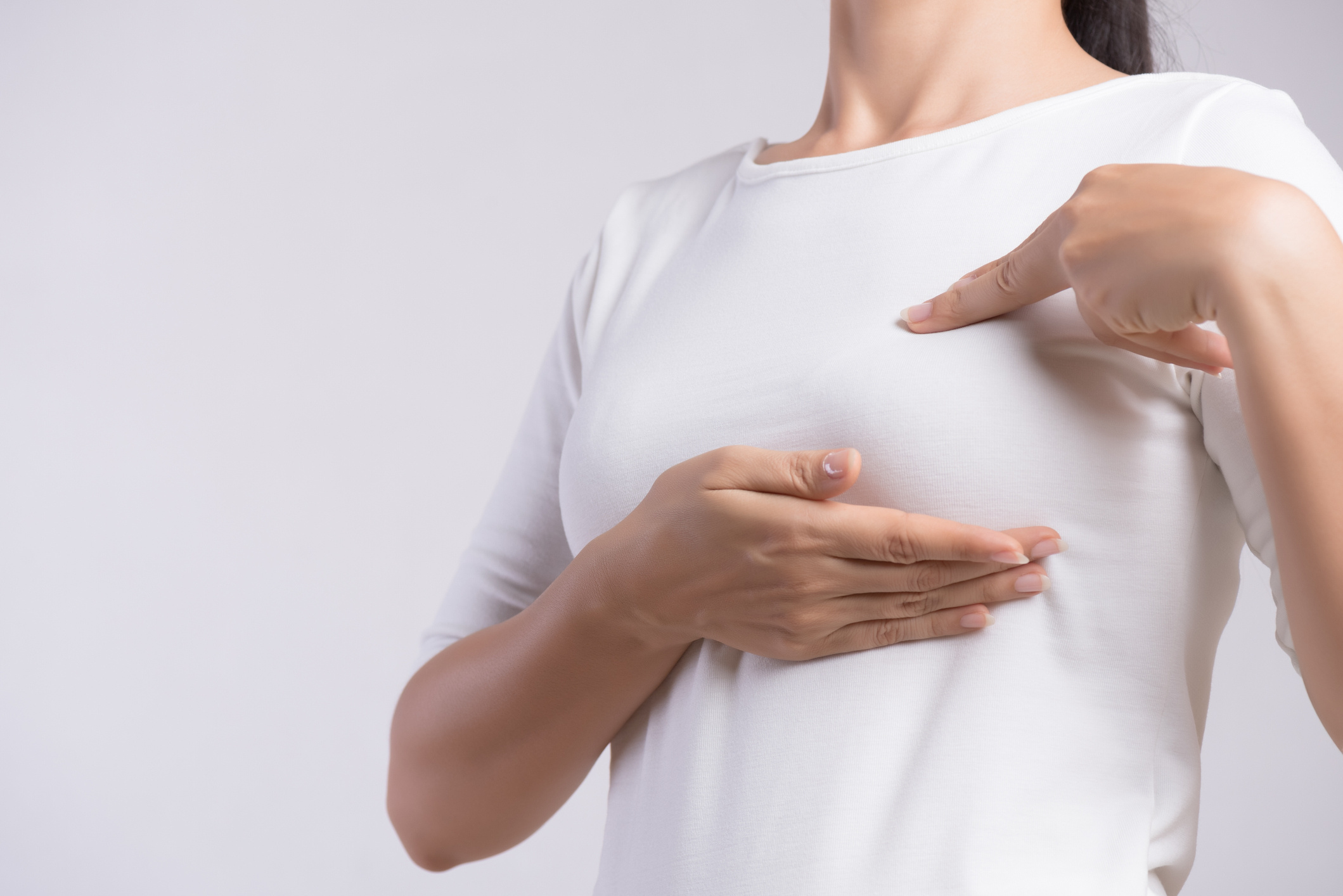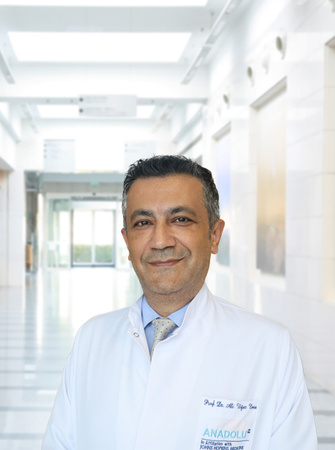
Ali Uğur Emre
Since 2024, he has been working as a general surgeon and the director of the Breast Health Center at Anadolu Medical Center.
Speciality
- Breast Thyroid and Parathyroid surgery
Education
-
University: Hacettepe University Faculty of Medicine (English)
Specialty: Gazi University Faculty of Medicine Department of General Surgery
Associate Professorship: Zonguldak Karaelmas University Faculty of Medicine Department of General Surgery
Professoriate: Bulent Ecevit University Faculty of Medicine Department of General Surgery
Institutions Worked At
- Spec. Dr. Ministry of Health Isparta Yalvaç Public Hospital 2002-2005
- Assoc. Prof. Zonguldak Karaelmas University Faculty of Medicine Department of General Surgery 2005- 2008
- Assoc. Prof. Dr Zonguldak Karaelmas University (Bulent Ecevit University) Faculty of Medicine Department of General Surgery 2008 -2017
- Prof. Dr Bulent Ecevit University Faculty of Medicine Department of General Surgery 2017- 2020
- Prof.Dr Ankara Guven Hospital Breast and Endocrin Surgery 2020-2023
Ulusal Cerrahi Kongresi 2006
Poster Yarışması Birincilik Ödülü
5. Ulusal Cerrahi Kongresi
En İyi Poster Sunum Ödülü
15. Ulusal Meme Hastalıkları Kongresi
Sözel Bildiri 2.lik Ödülü
- Turkish Surgical Association
- Endocrine Surgery Association
- Breast Surgery Association
- Western Black Sea Breast Diseases Association
- Ankara Breast Diseases Association
- EURAMA ( Euro-Asian Mastology)
- SENATURK Karaelmas Science and Research Association
Awards
- National Surgical Congress 2006 Poster Competition First Prize
- 5th National Surgical Congress Best Poster Presentation Prize
- 15th National Breast Diseases Congress Verbal Announcement 2nd Prize
- 48 Articles published in international magazines
- 12 Articles published in national magazines
- 10 Verbal announcements presented at international congresses
- 62 Verbal announcements presented at national congresses
Featured Cancer Articles
- 6 Nutrition Tips for Those Who Fast
- What is Disease X (Virus X)?
- How Does Cancer Form?
- What is an Ovarian Cyst?
- What is Cervical Cancer?
- What Are the Symptoms and Treatment Methods of Testicular Cancer?
- Symptoms, Diagnosis, and Treatment Process of Bladder Cancer
- Liver Cancer
- What is Stomach Cancer? What are Its Symptoms and Treatment?
- Thyroid: What is it, Symptoms, Diagnosis, and Treatment



